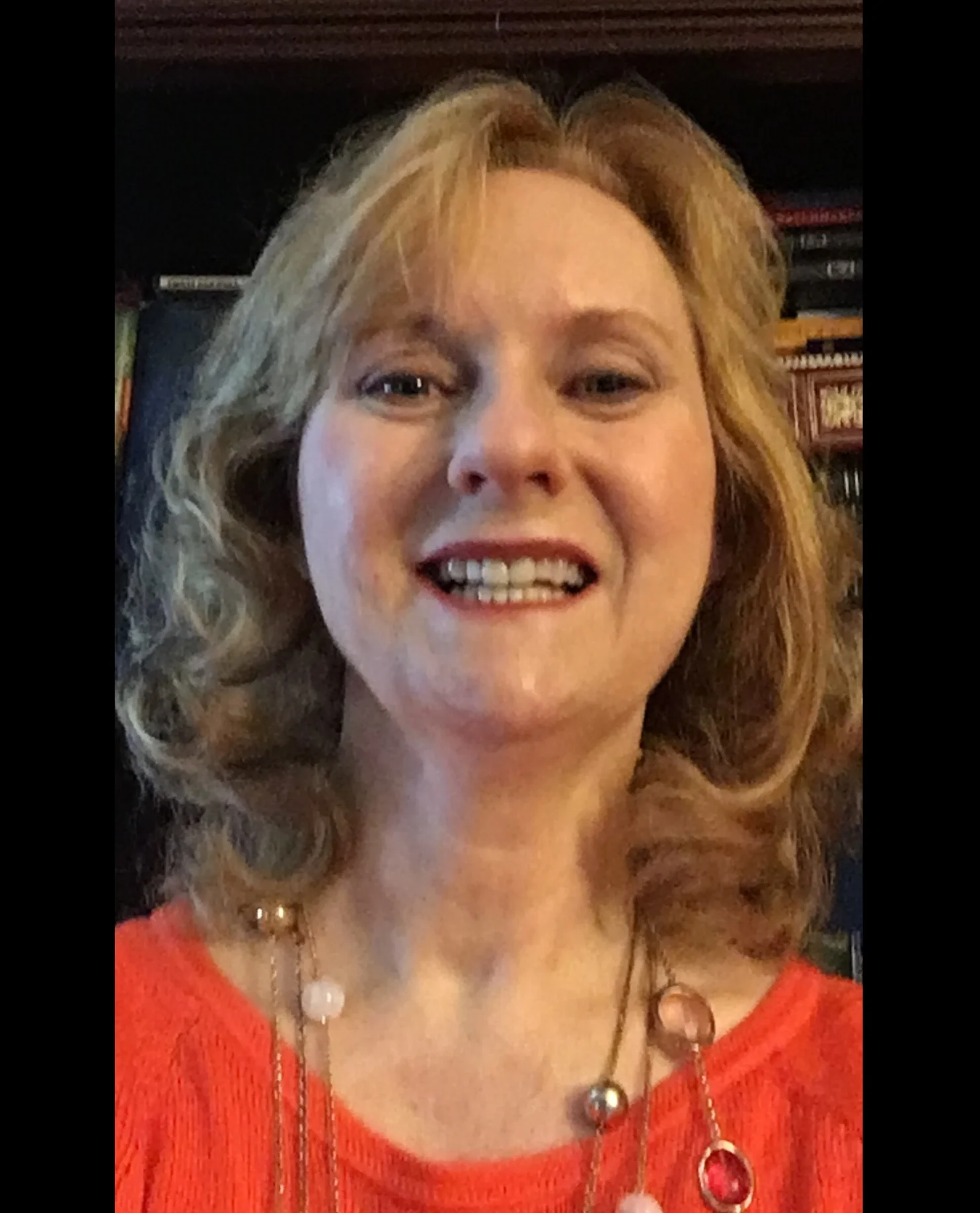Women, who were historically denied access to higher education because of their gender, have been and continue to be the fiercest advocates for education and literacy.
Literacy and education help eradicate poverty. From packhorse librarians to Dolly Parton’s brilliant literacy program through the Dollywood Foundation that mails one book per month to each enrolled child from birth until they begin kindergarten, women’s actions help lift people from poverty through education.
Most packhorse librarians were women. They were the precursors to the bookmobiles which bring books to schools and rural areas where people might not have access to a school library or a public library. These women braved the elements and sometimes risked their lives to bring books to rural areas in Appalachia.
The idea for traveling libraries to serve rural impoverished areas dates back as far as 1896 when the Kentucky Federation of Women’s Clubs began distributing reading materials to underserved areas and individuals without access to public libraries.
In 1913, Kentuckian May Stafford raised funds to purchase books and have them delivered by horseback or mule to rural areas in Appalachia that did not have paved roads. Without help, she wasn’t able to continue the program after the first year.
Later in that decade and in the early 1920s, Berea College sent a horse-drawn wagon into rural areas of Kentucky. This program fell victim to the Great Depression. Kentucky, a poor state, was one of the hardest hit areas.
In 1930, it’s estimated that 30% of the residents of Eastern Kentucky could not read. Lack of books and access to reading materials of any kind hindered efforts to improve education and opportunities for Kentuckians to help lift them from poverty.
In 1934, the first Works Progress Administration (WPA) sponsored packhorse library project of the New Deal started in Leslie County in Kentucky. This government-sponsored program required help from local residents, businesses, and institutions. Libraries were formed anywhere a designated space could be found - post offices, schools, and businesses. Librarians managed these spaces and sent books out with volunteers who delivered them to rural areas on horseback or on mules.
Volunteers provided their own transportation or shared animals. Each packhorse librarian rode out at least twice a month to deliver new books and collect books previously lent. These paid volunteers earned roughly $28 a month (equivalent to $495 now). Most of the books, magazines, or pamphlets they delivered were donated from outside sources. Librarians repaired their precious cargo and came up with creative ways to make bookmarks to prevent dog-eared pages. Often old Christmas cards were cut up, turned into bookmarks, and given as gifts to the people they visited.
When books became too damaged to be circulated, packhorse librarians cut them up to make new books. They collected recipes and made them into books. Kentuckians also circulated homemade books of quilting patterns. This became a way for women to share their creativity.
When the program first started, many rural people were suspicious. The packhorse librarians endeared themselves to locals by quoting Bible verses as they approached. Some even stayed long enough to read residents their favorite stories. This encouraged people to learn to read, so they could read from the Bible themselves.
Within two years, the program was supplying books to 50,000 families and by 1937, packhorse librarians were visiting 155 public schools. Children who knew how to read were reading to adults and teaching them to read.
The program ended in 1943 when President Roosevelt eliminated the WPA because World War II was putting people back to work. In 1946, bookmobiles began delivering books thanks in part to Depression-era programs that helped build roads. Kentuckians embraced mobile librarians with equal enthusiasm to their packhorse predecessors. In 2014, there were 75 bookmobiles operating in Kentucky, the most in the nation.
Sources for this article:







